
In the digital time, millions of information is transferred or exchanged in the virtual world in the speed of light at every second. If you want to be the leading creator in the digital entertainment time, you must have a clear sense of market trend. There are certain ‘required credits’ you must study and obtain before you could become a creator. These would be useful tools when Gamanians to explore and expand the territory in the future.
Required Credit 1: Communities? Networking? Get it Straight First!
What is a community? Scholar Shafer (1999) defined it loosely as a group of people with shared interests or goals getting to know one another as time progresses. In the beginning of online game development, everyone used to play the same type of game, making friend in the virtual world and eventually that extended to real life. This model of friendship was fresh, exciting and subsequently sped up the growth of game industry. Back in the day, we often saw similar incidents where two people who had absolutely nothing in common became good friends because of a game they both loved. Or if your friends all played the same game, they would chat for hours and potentially influenced other friends who weren’t involved.

Scholar Shafer (1999) defined ‘community’ loosely as a group of people with shared interests or goals getting to know one another as time progresses.
Many people regard Facebook as ‘community network’, actually that perception is wrong. As an ‘it’ phenomenon, Facebook has received much attention for the past 5 years. It actually represents ‘social network’ which suggests that you may not necessarily share the same interests with friends or friends’ friends, but you could share each other’s lives, find common interests and even close up some ‘life gap’ between you and other ‘acquaintances’.
Facebook closes up the gaps among friends.
Community and networking are intrinsically different. To have a community, you must gather a group of people first. Online forums or PTT[1] adopt the method of ‘categorization’ so it is very easy to find a group people who share common interests. The new comers could read the past posts to get a sense of the field. Networking on the other hand is making connection first and getting to know each other second. Have you noticed there are some ‘friends’ on your Facebook that you barely interact with or respond to? Or have you noticed if a hot girl post something like “I don’t know how to get to Sun Moon Lake” on her status, there would be a bunch of people replying the thread. If the same situation takes place in the online forum or PTT, people tend to scold you and ask you to read the previous posts/articles for answers.
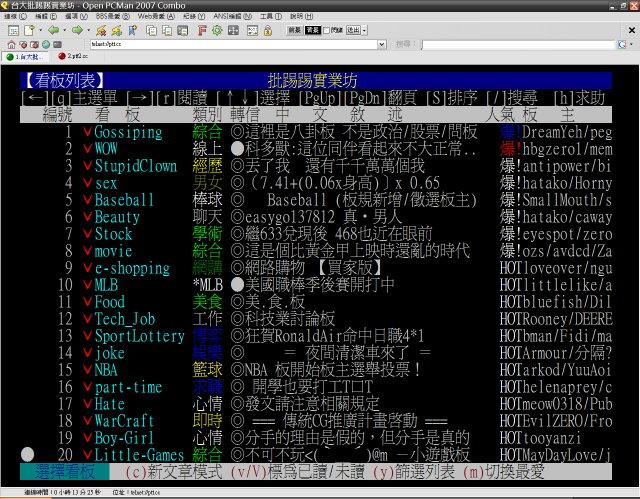
PTT’s categorical and topical headlines draw in different crowds to view, share and discuss.
[1] PTT is an online forum with the structure of electronic bulletin board, providing people a free, instant, open and equal virtual space to express their minds.
Required Credit 2: Pan-Networking Application, Let Your Social Circle Market For You
In the online community, chances are you may not know ‘the person behind the screen’ and therefore virtual arguments or disputes are commonplace. However, social ‘networking’ would suggest you know the person, whether he/she is a friend or just mere acquaintance.
Online rumors, commercial placements are widely applied in this era of vast information. The new marketing scheme reflects that such ‘networking’ has been applied to suggest an illusion that ‘your friend/acquaintance thinks this is nice”.

This type of online application reflects the feature of ‘networking’ and therefore needs to be thoroughly considered and designed, especially stemming from the ‘user’ perspective. For example, ‘de-attachment’, you won’t spend a lot of time viewing one friend’s status update. This kind of flexibility meets the demands of many white collar or housewives groups. When the bosses come near, or the water is boiling, they could choose to exit or turn it off whenever they see fit. The ‘attachment indicator’ does not necessarily mean the duration time but the number of visits. Under this kind of demand, the future creation of online application should focus on being light-weighted and flexibility.
Taiwan’s leading online music company collaborated with MSN because it realized the effect of pan-networking and sought to combine it with its products. It started collaborating with Facebook in June this year. You may see some updates such as “your friend is listening to XX music”. This may not necessarily be what you want or desire, but out of hundreds of friends, it may strike a chord with one or two. Subsequently, these friends would spread the message with their friendship circles. This is the charm and effect of pan-networking.
The appearance of iPhone and iPad overthrew the logic of online application devices. It was truly a wakeup call for hardware technology industry. Many hardware companies with mature technologies finally realized that “I never thought things could be applied and used this way.” The maturity of technology finally found its way out. Facing myriads of digital devices, it could be daunting if not confusing for the consumers. And for internet developers, it could potentially be a nightmare of specifications. Either way, no one could stop this trend.

Some companies quickly adapted to the trend and extrapolated the same content to various devices. However, they neglected the fundamental demands, such as how big a mobile phone screen could be? how long the battery would last? What is the main place of usage for iPad? What is the main group of PC users? The most notable example is the Hami channel, the audio-video service launched by Chunghwa Telecom. Their service allows users to enjoy audio and video in different devices. However, they didn’t analyze users’ behaviors. Many people don’t even know how to use their devices to watch the content provided by Chunghwa Telecom. Cross-device application is a trend but clearly identify and consider basic user behaviors is the key to application design.
Required Credit 4: Game Networking vs. Networking Game
Classic Example of Game Networking—Zynga
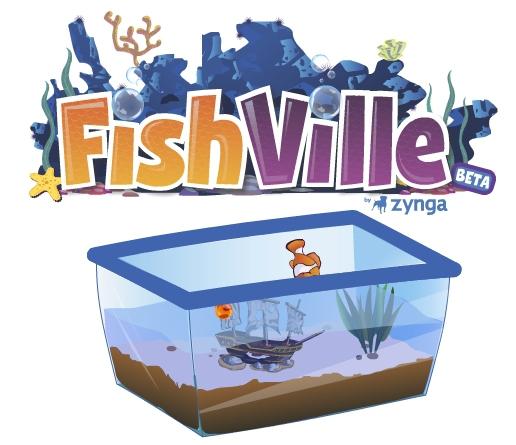
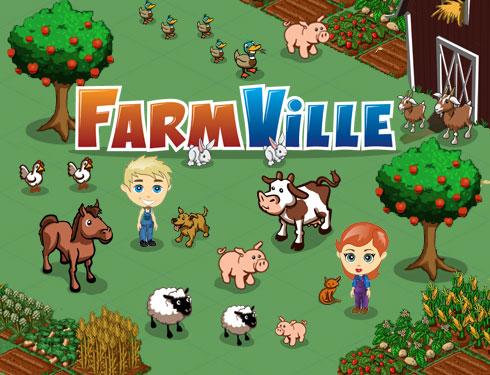
Established in June, 2007, Zynga is a provider of social game services. Its services almost entirely embedded in various social networks but achieved the features of ‘light-weighted’ and ‘easy accessibility’. Through the mechanism of ‘asking your friends for help’, it successfully applied the features of social networking sites.
Zynga has more than 20 games. Its advantage lies in simple structure which is applicable to all internet groups and its speed of development is faster than average online games and applicable to all devices. On the other hand, because of its simple structure, users tend to get tired of it easily.
Zynga represents a game company that came alive from attaching to Facebook to holding its own. Its profitability came neck and neck with traditional online games, however its sustainability falls far behind online games and therefore needs to constantly come up with new products. The element of ‘networking’ remains to be the key. If the real life networking element could coexist with online games, perhaps it would become a new direction for an innovative user experience.

Classic Example of Networking Game—NAVER
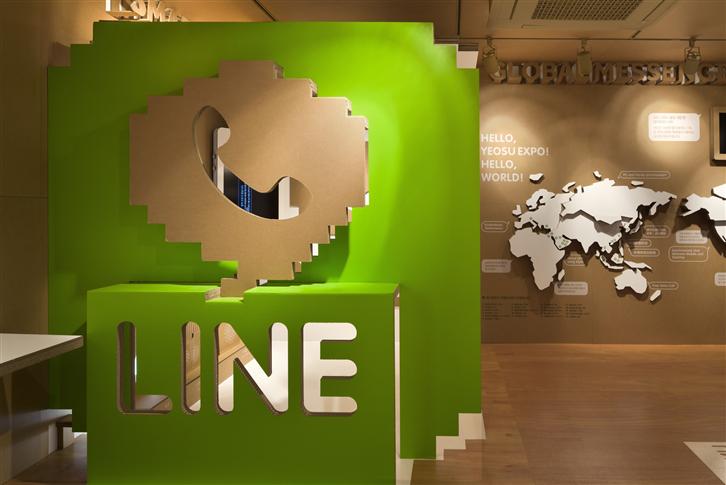
The classic example of networking game would definitely be LINE, provided by subsidiary of NHN, NAVER.
Adorable animation in a chat box is nothing new, you may have seen it in the era when MSN still prevailed. However, why such concept was successfully developed further by LINE? It was not because they hired celebrity for endorsement but the effects of universal device and networking games. The feature of mobile application payment lies in the ‘small amount’, in addition, it is charged with credit card which unwittingly lowers users’ guards. This company launched the perfect product at the right timing. Their business model enabled them to obtain most users. Generally speaking, once a company absorbs the users, it would be difficult for other companies to take the share, unless they could create new ‘communication element’ for users to ‘play’ or ‘interact’. Even so, it may still take them quite some time to catch up with their predecessor.
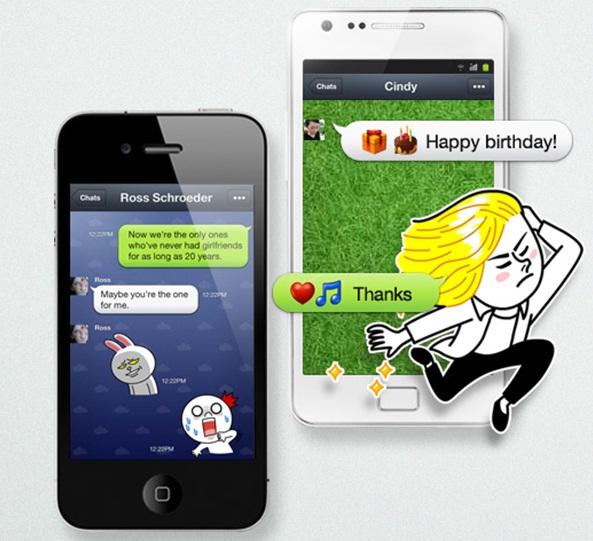
So, which is better: game networking or networking game? Their core element is basically the same but their focuses vary in the analysis of the correlation of ‘product’ and ‘networking’. After all, if your friends recommend you to play a game or suggest you to play together, you are more likely to trust and emotionally engage to the game. This trait also allows the cold virtual world to link the real world emotions.
Source of pictures: deviantART、The Sunday Morning Hangover、Wikipedia、Website Expert、HotHardware、Zynga、Line、Archdaily
